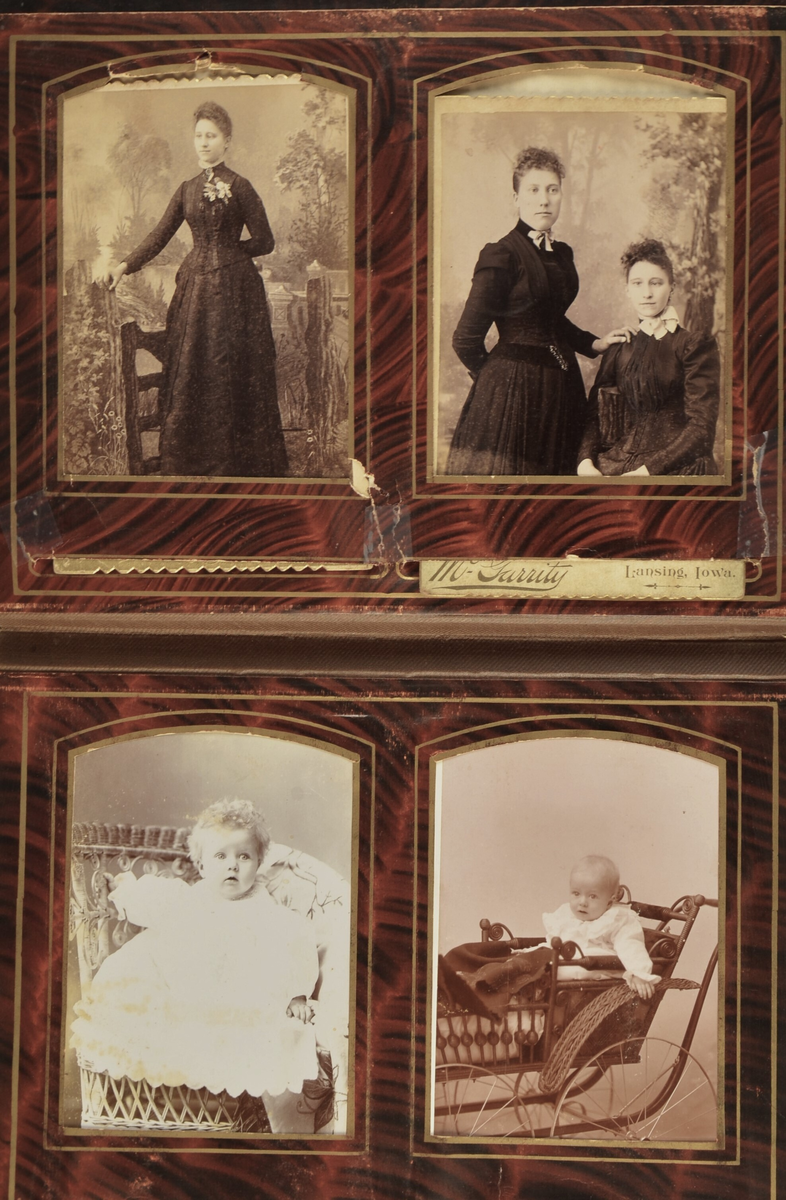
TOGETHER One way or another, people have always lived together. Throughout history, we have cohabitated for a variety of reasons. There have also always been those who lived dif...
148 objects
Skrin
Rullestol
Rullestol til barn. I tre og metall. Til å køyre (handtak framme) av ein annan person enn den som sit i stolen. To par hjul (store framme, små bak), fotstøtte og armlener. Vinkel p...
Spel
Sjakkbrett laga i tre, måla ruter. Skorne sjakkbrikkar i tre med påteikna detaljar. 4 tårn, 2 kongar, 2 dronningar, 4 springarar, 4 løparar (1 øydelagd). 20 bønder som er "vanlege"...
Øskje
Ei rektangulær øskje med tre rom; to skuffer nedst og ei flat øskje på toppen. I skuffene er det små papirkonvoluttar med raudt band rundt, og i toppen er det små, linjerte ark. I ...
Barnevogn
Stoffblomar
Seks ulike stoffblomar til pynt på drakt eller hatt. a: Bukett - orange/gul. b: Bukett - kvit/grøn. c: Rosett - svart/burgunder/rosa. d: Bukett - grøn/lilla. e: Bukett - grøn/lilla...
Gutedrakt
Jakke og bukse i bomullsstoff. Til gut. Høyrer saman som ei drakt. Fôra med ufarga lin. Gul tråd i saum. Knappar i gull og svart. Buksa har klaff framme med tre knappar. Tre knapp...
Barnestol
Skrin
Form: Kvar av dei 4 sidene og botnen laga av kvart sitt trestykke.Dei loddrette hjørna sinka.Botnplata festa til under med trenagler.Kvadratisk lok.Handtak, lås og nøkkel (NFM 1995...
Stol
Ein barnestol i tre. Fire lange bein, med èin bindingsspross nedst (har vore to som stod i ein diagonal kross). Setet har bein kant fremst, og er boga bak. Sju ryggsprossar står i ...
Stakk og liv
Brudeklede. Stakk og liv sydd saman i livet. Svart, vove ull. Kvit blonde sydd på på vranga i halsslining og ermliningane. Tre fløyelsband i rad nede på stakken og på erma. Skodnin...
Fotoalbum
Fotoalbum på stativ. Stativet er samanleggbart. Liten skuff underst på stativet. Grøn plysj på framside av album og skuff. Stativ i metall. Metall som dekor på album. Tjukke sider ...
Tobladslue
Konehue, lue, hue, "tobladlue". Sydd saman av to like delar. Svart brokadestoff med bladmønster, fløyelsband med liten nuperellkant under fram mot andletet. Svart fløyelsband sydd ...
Forkle
Vevgrind
Bandgrind. Rektangel form, utskore dekor øvst. "Grind" tvers over med spiler med luft mellom. Hol i midten på kvar spile. Skore ut i eitt trestykke. Sjølve grinda er tynnere enn re...
Tobladslue
Jentehue med svart kant og linfor. Det er lagt inn noko fôring som stivar av hua øvst mot issen. 5,5 cm brei kant framme mot panna. Det har vore knyting framme, det er restar etter...
Grammofon
Mobiltelefon
Ambar
Kar til å ha mjølk eller graut i. Sengjamatambar med lok. Rundt tverrsnitt og rette sider. Sett saman av tolv stavar, og tre vidjeband. Vidjebanda dekkjer heile utsida. To av stava...
Halvskjorte
Skjortebryst til å ha framme på brystet. Til mann. Forseggjort saum. Krage til å knappe bak med knapp og knapphol. Eit knapphol på kvar side av kragen. Fire pyntefaldar på kvar sid...
One way or another, people have always lived together. Throughout history, we have cohabitated for a variety of reasons. There have also always been those who lived differently from the majority, and views on such people have varied through the ages as well.
In the older rural society, a boundary was drawn in the social community between “us” at the farm and the village, and the “others”, strangers and people from the outside world. Each individual household was a productive unit consisting of the farmer, the farmer’s wife, children, retirees and dependents, and labourers, each with their own duties. Within the village, fixed forms of cooperation and interaction such as volunteer work and feasts would tie the households together.
In the 19th century, the boundary between the village and the outside world was increasingly replaced by the boundary between the home and the outside world. The nuclear family, consisting of the parents and their children, was now the central focus. The family became more of a consumer unit than a productive one, and family members were bound together by emotions rather than their work cooperation.
Courtship and the need for love were key aspects of the new family ideology. Love did exist in the old rural communities, but not courtship. Marriage was far too serious an affair to be left to anything as fleeting as love. Reason was needed to guide such decisions.
At the start of the 20th century, the new view of the family took root in the rural communities and the working class as well. The community of women and the community of men were largely replaced by the community of couples. Today, too, we are concerned with our feelings deciding how we choose to lead our lives. Families are more compounded, while about 40 percent of households in Norway consist of one person.
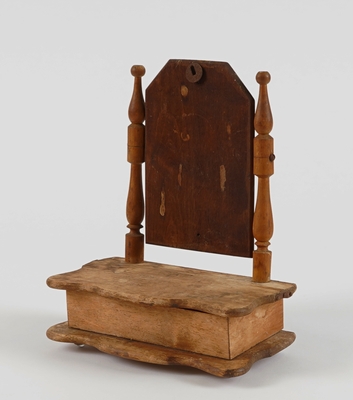
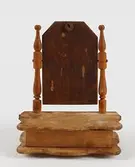
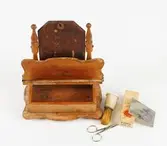
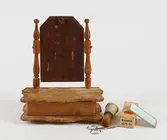
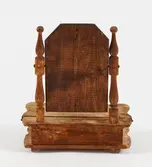
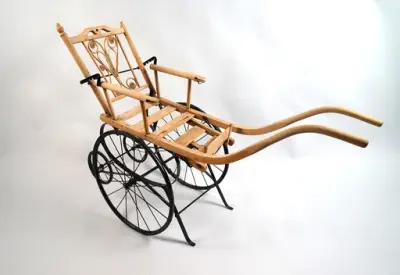
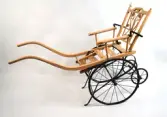
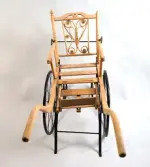
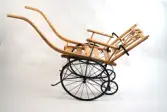
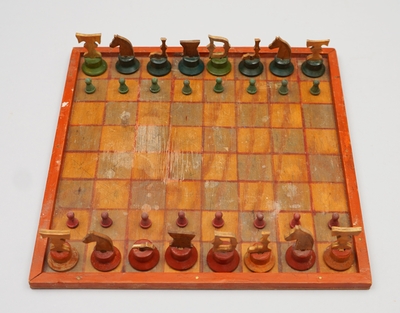

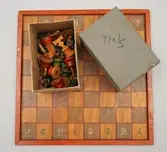
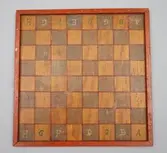
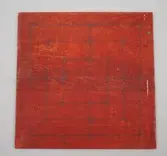
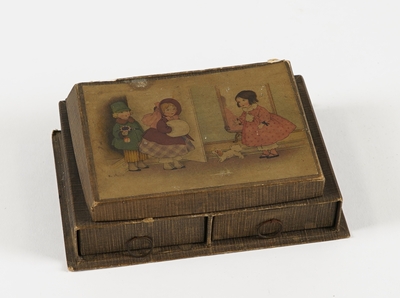
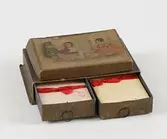
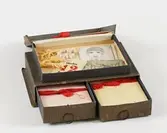
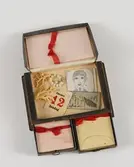
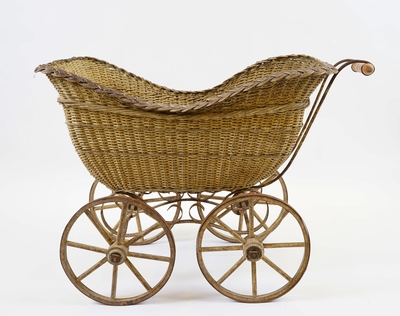
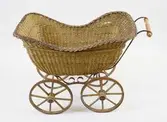
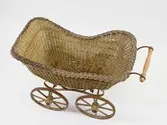
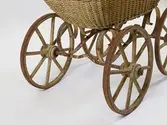
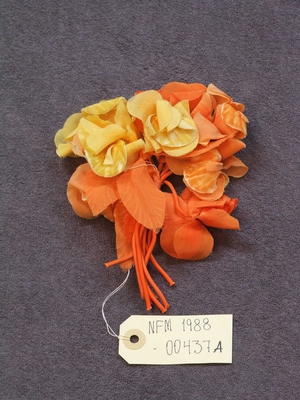
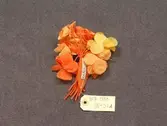
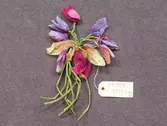
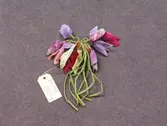
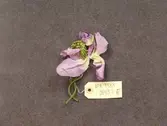
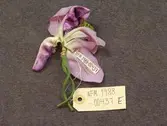
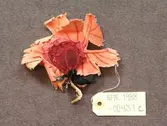
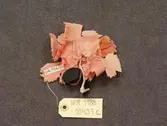
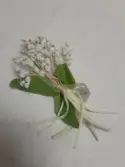
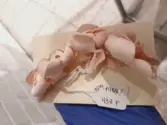
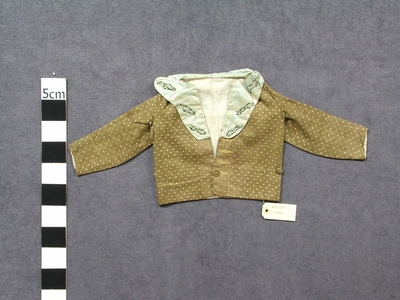
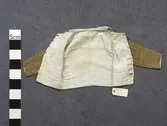
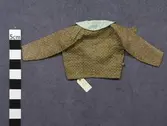

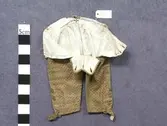
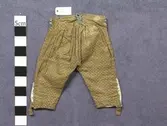
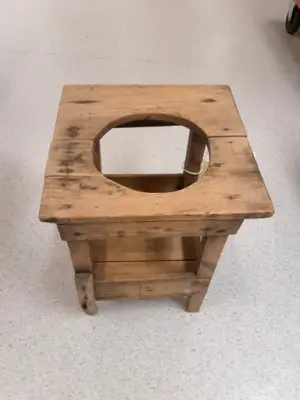
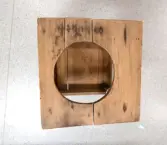
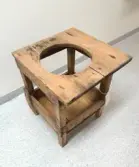
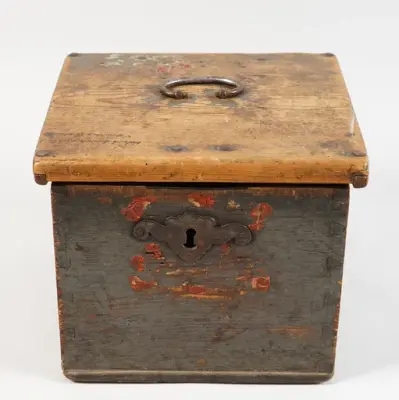
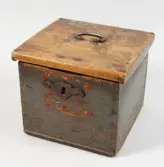
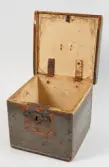
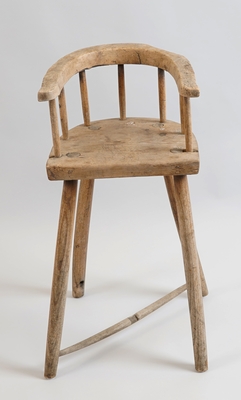
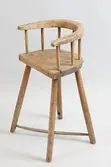
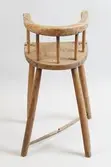
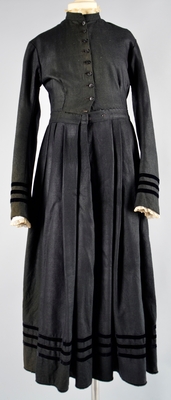


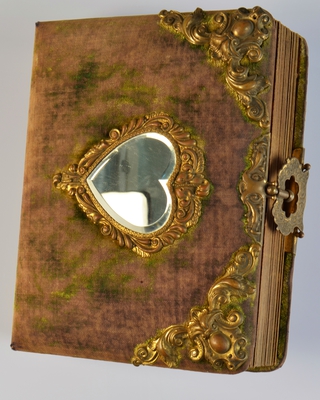
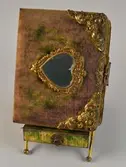
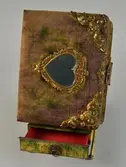

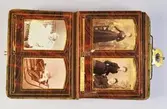
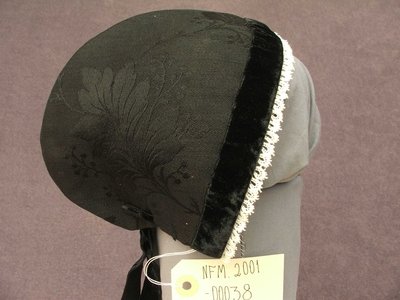
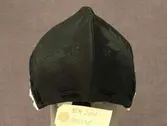
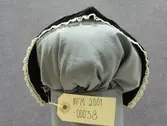
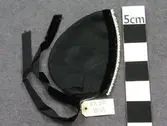
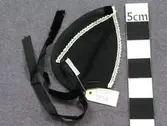

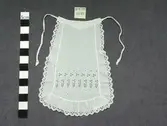
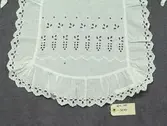
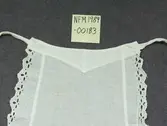
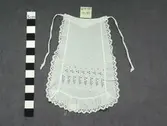
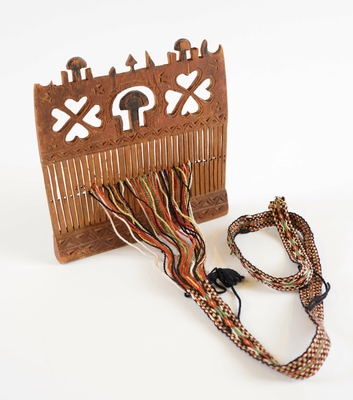
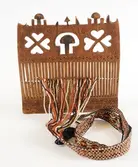
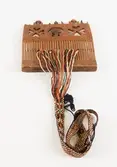
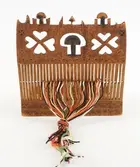

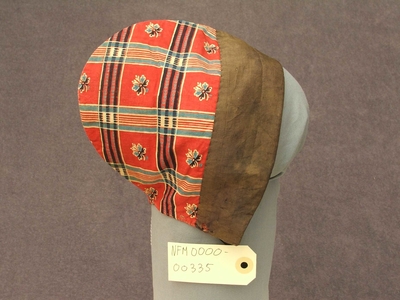
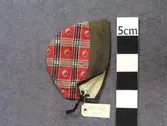
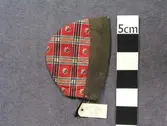
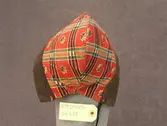
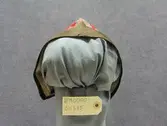
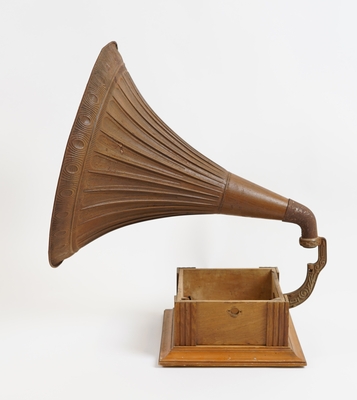
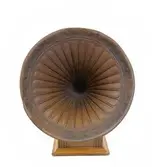
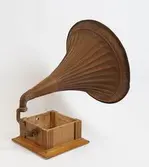
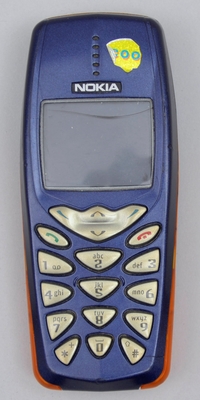




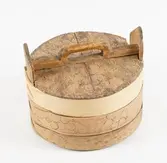
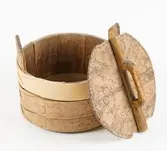
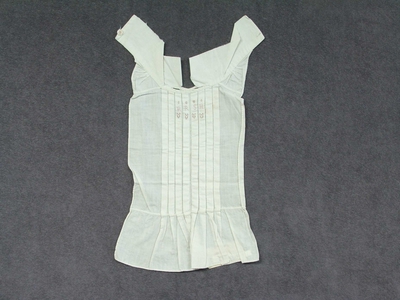
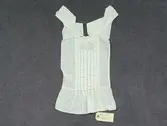
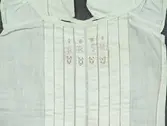
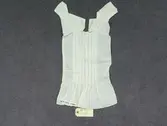
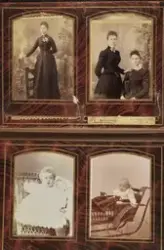
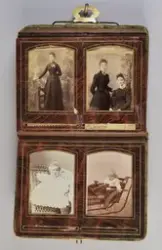
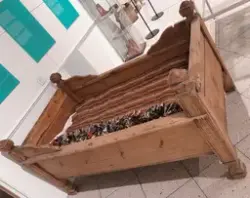


Add a comment or suggest edits
To publish a public comment on the object, select «Leave a comment». To send an inquiry directly to the museum, select «Send an inquiry».